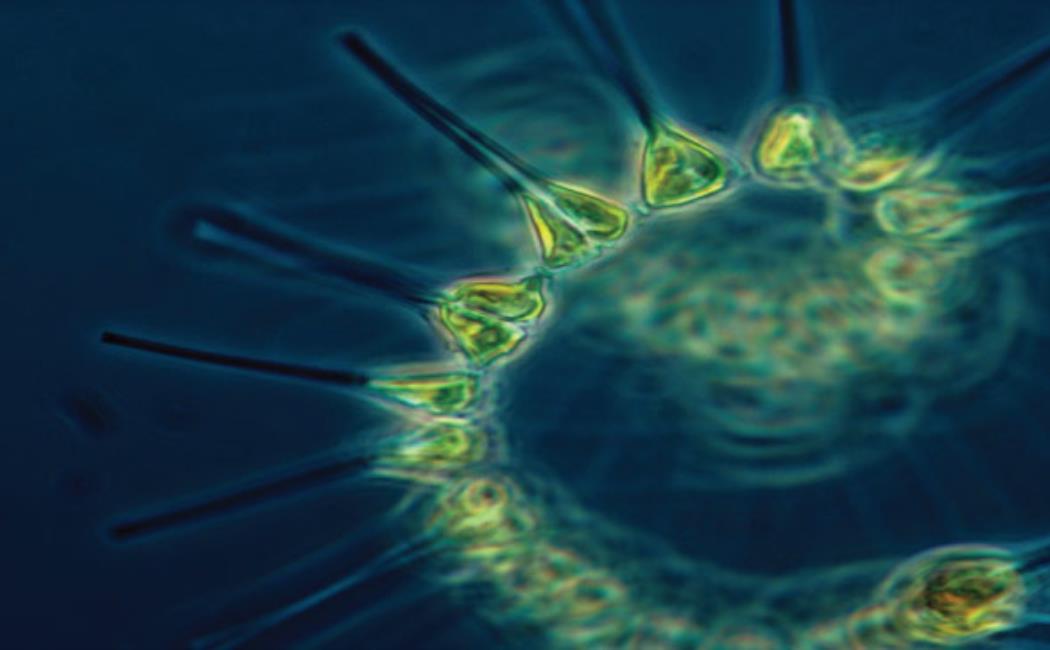
Red Sea bioregions show changing blooms
05 December, 2021
Red Sea phytoplankton blooms change seasonally and interannually in response to climatic events. A KAUST study has analyzed satellite data over two decades and its findings will underpin other investigations into how climate change could impact this marine ecosystem.
Phytoplankton are water-living, microscopic organisms that use chlorophyll to convert light into energy. This process involves absorbing carbon dioxide and releasing oxygen, similar to plants.
“Phytoplankton are at the base of the marine food web and play a key role in the functioning of the open sea,” explains KAUST research scientist Malika Kheireddine, who specializes in ocean color remote sensing. “Critically, they are also responsible for about half the biological uptake of atmospheric carbon dioxide on Earth. We need a better understanding of phytoplankton variability to evaluate how climate change might impact their dynamics, the marine food webs and the biological carbon pump in the rapidly warming Red Sea region.”
Click here to read the full story.
Image: The research carried out by the KAUST team furthers our understanding of the physical processes that influence phytoplankton production and carbon sequestration in the Red Sea.
Pixabay; FotoshopTofs